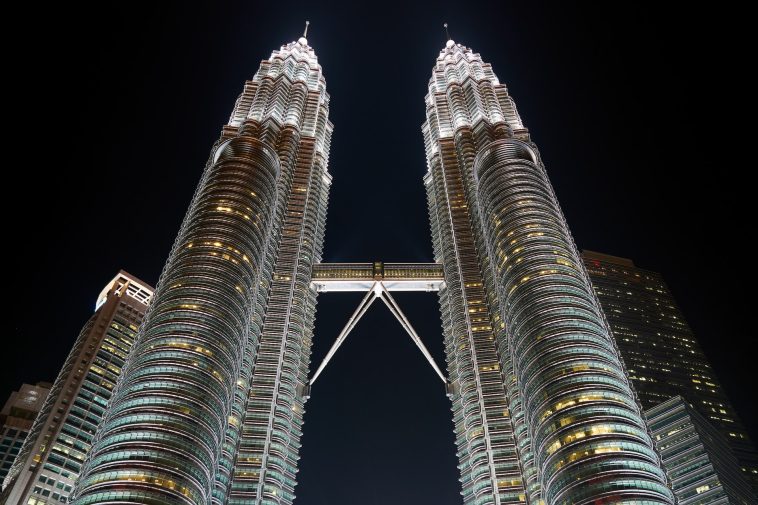The Petronas Towers, located in Kuala Lumpur, Malaysia, have become an iconic symbol of the city and a marvel of modern architecture. In this blog, we will explore the captivating design, construction challenges, and cultural significance of the Petronas Towers, delving into the architectural brilliance that has made them a global landmark.
Design and Inspiration:
Designed by the Argentine architect Cesar Pelli, the Petronas Towers were inspired by Islamic art and culture. The towers’ design draws from traditional motifs and Islamic geometric patterns, resulting in a unique blend of modern and cultural elements. The overall form of the towers represents an eight-pointed star, symbolizing harmony and unity.
Structural Features:
Standing at a height of 452 meters, the Petronas Towers held the title of the world’s tallest buildings from 1998 to 2004. The structures consist of a reinforced concrete core surrounded by a steel and glass façade. The double-glazed curtain walls not only enhance the aesthetic appeal but also provide energy efficiency and natural lighting.

Sky Bridge:
One of the most distinctive features of the Petronas Towers is the Sky Bridge. Connecting the two towers at the 41st and 42nd floors, this double-decker bridge offers stunning panoramic views of the city. Constructed separately and lifted into position, the Sky Bridge acts as a safety feature, allowing occupants to evacuate from one tower to the other in case of an emergency.
Construction Challenges:
Building the Petronas Towers presented significant engineering challenges. The construction team had to tackle issues such as the soft and sandy soil conditions and the risk of earthquakes. Advanced engineering techniques were employed, including a high-strength concrete core and innovative dampers that counteract the swaying motion caused by winds and seismic activities.
Sustainable Design:
The Petronas Towers incorporate sustainable design strategies. The building orientation minimizes direct sunlight, reducing heat gain and the need for excessive cooling. The double-glazed windows provide thermal insulation, while the sky gardens and landscaping help to improve air quality and reduce the urban heat island effect. Rainwater harvesting systems are also implemented to conserve water resources.
Cultural Significance:
The Petronas Towers hold deep cultural significance for Malaysia. The design elements inspired by Islamic art reflect the country’s cultural heritage and serve as a symbol of national identity. The towers have become an iconic landmark and a source of pride for Malaysians, attracting visitors from around the world and contributing to the country’s tourism industry.
Global Recognition:

The Petronas Towers have garnered international acclaim and recognition. They have received prestigious architectural awards for their design and engineering excellence. The towers have been featured in various films, documentaries, and popular culture, further solidifying their status as an architectural marvel and a global icon.
Community Impact:
Beyond their architectural grandeur, the Petronas Towers have had a profound impact on the surrounding community. The complex houses a vast array of amenities, including a concert hall, shopping mall, and an art gallery, fostering cultural and economic growth. The towers also serve as a hub for business and commerce, attracting multinational companies and bolstering the city’s financial center.
The Petronas Towers stand tall as a testament to human ingenuity, architectural excellence, and cultural significance. With their iconic design, innovative engineering, and sustainable features, they have left an indelible mark on the global architectural landscape. The towers serve as a symbol of Malaysia’s aspirations and achievements, capturing the imagination of visitors and inspiring awe in all who behold their majestic presence.


